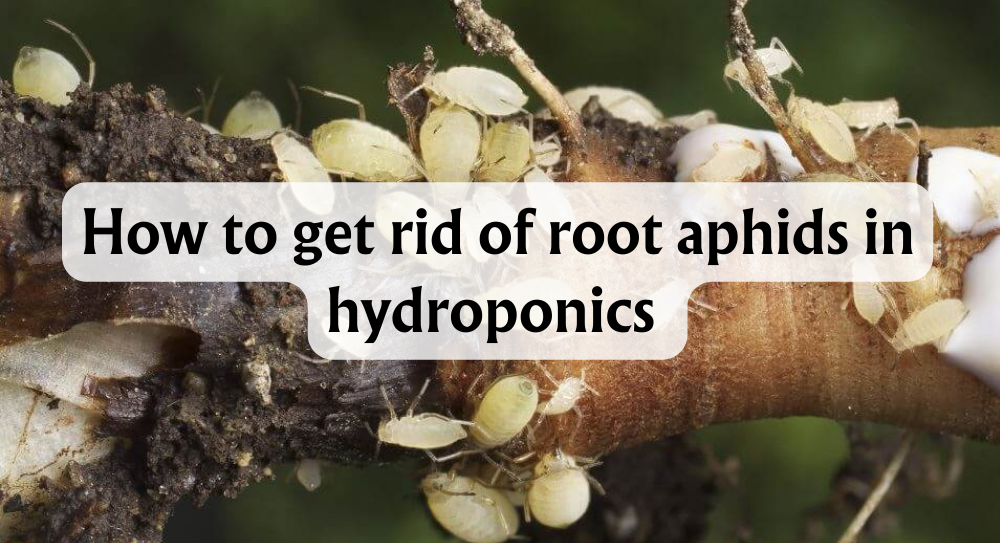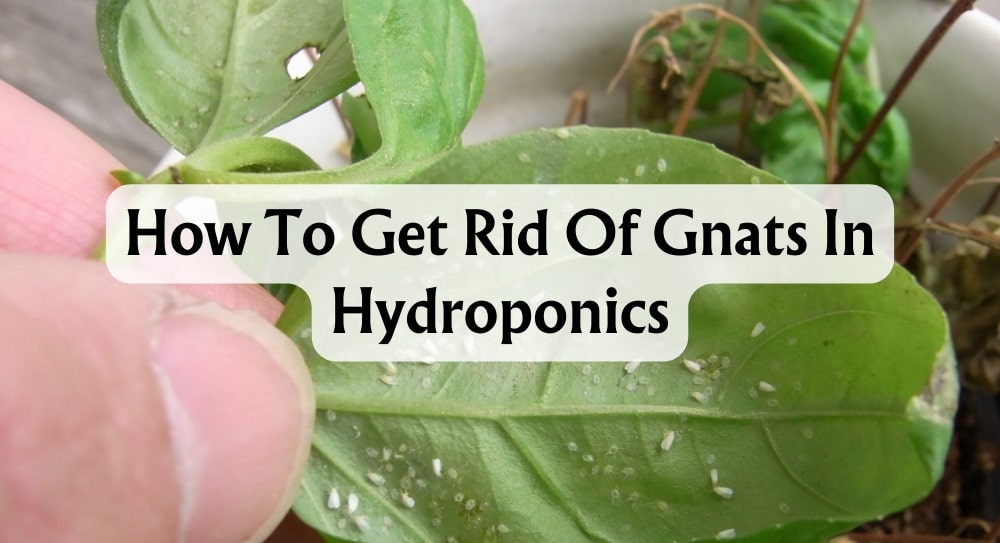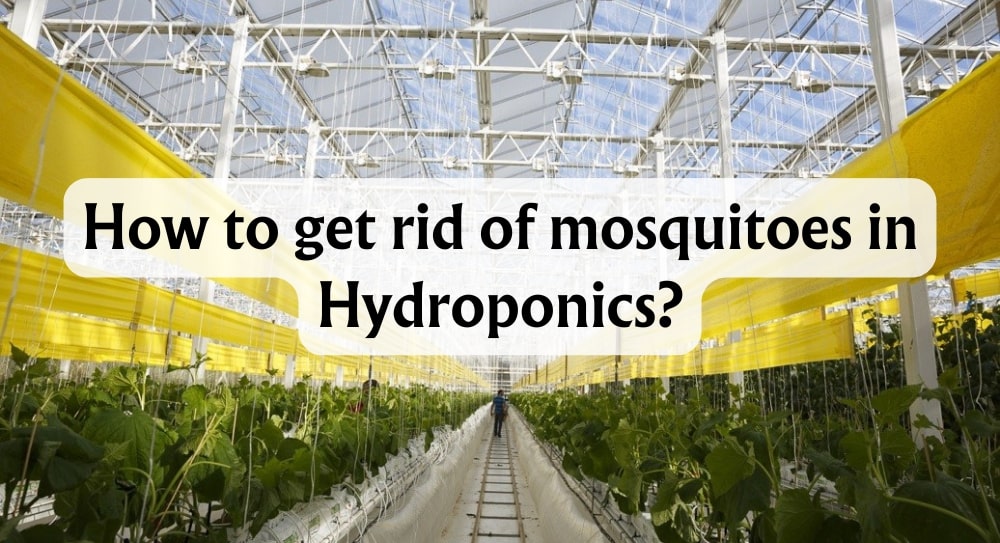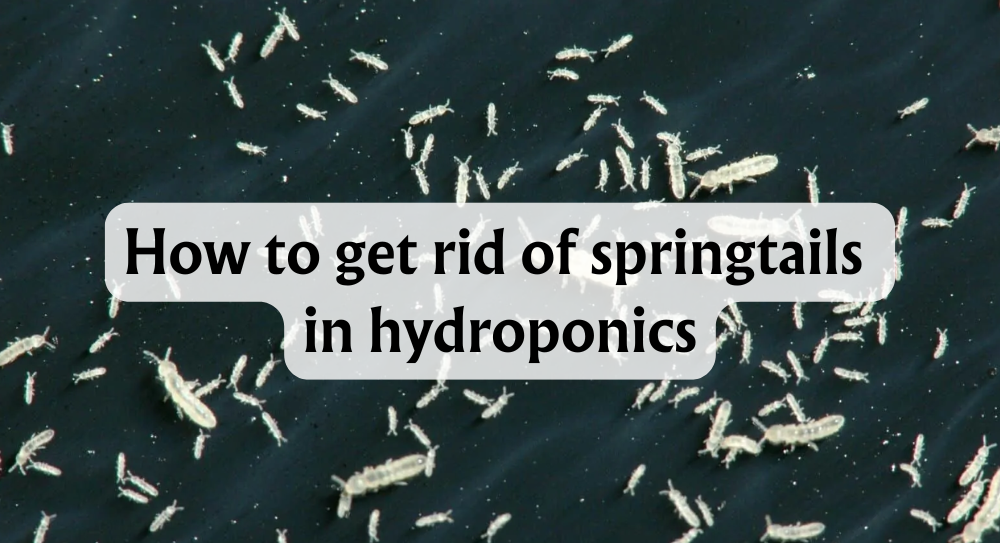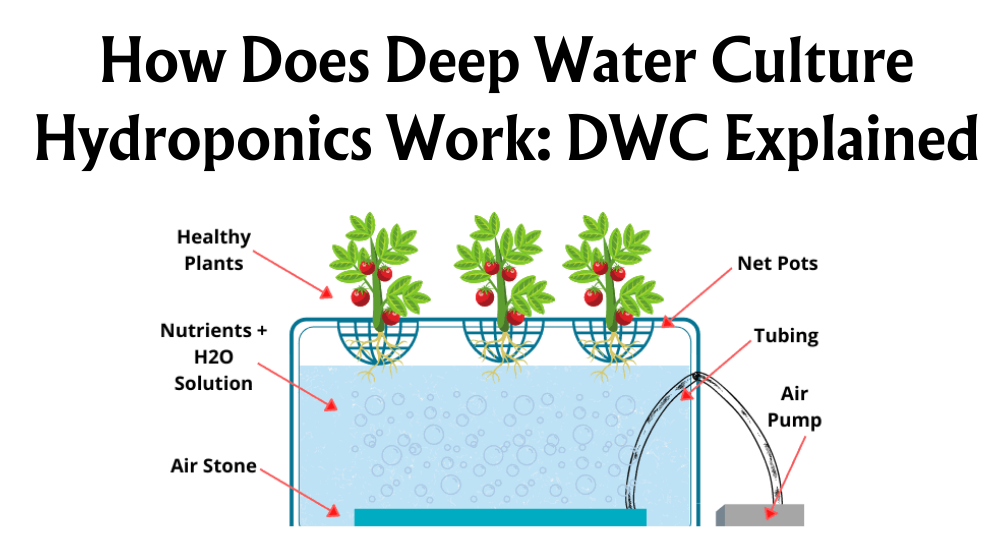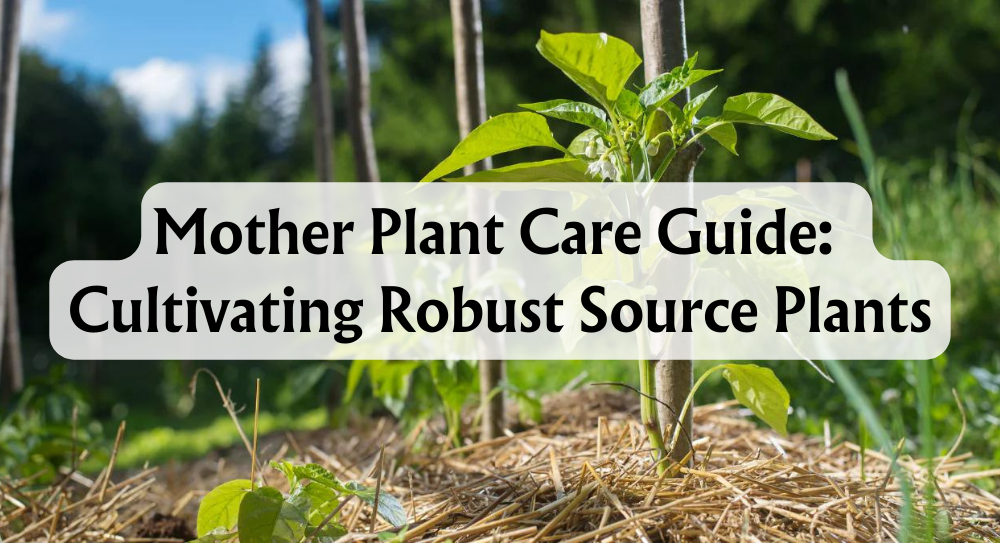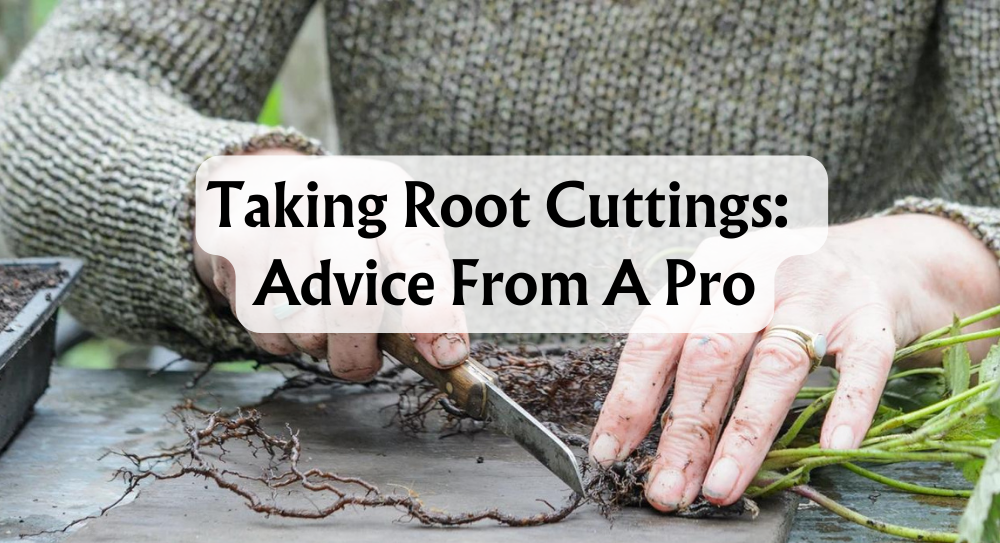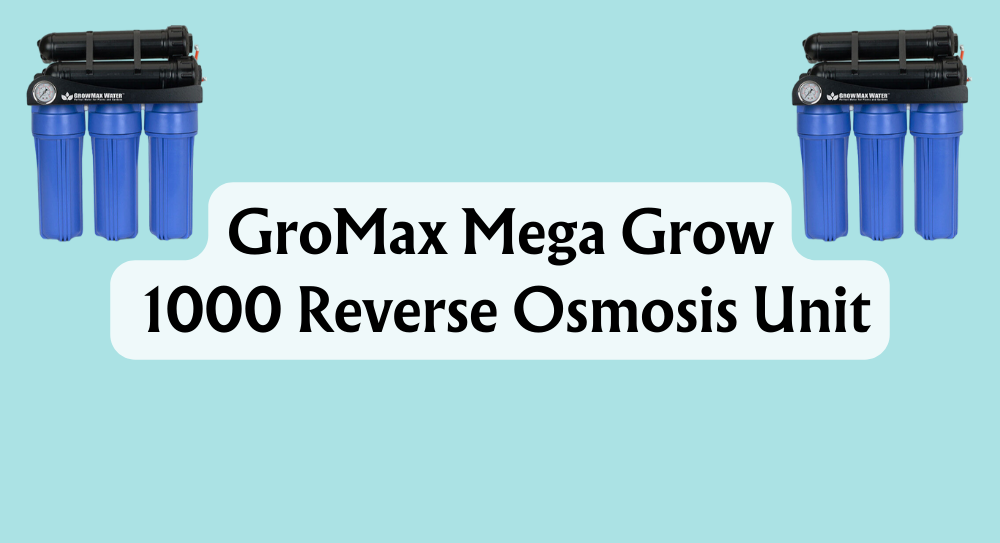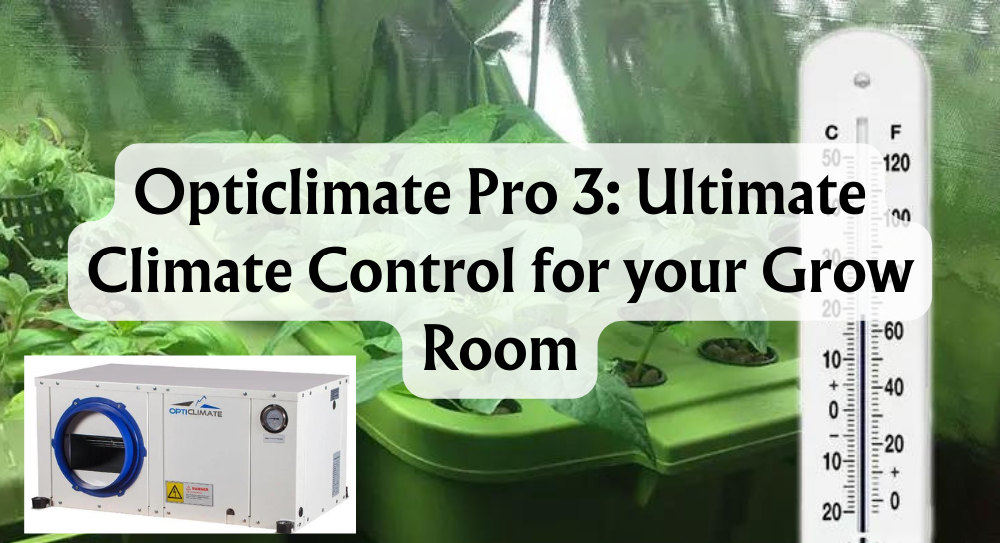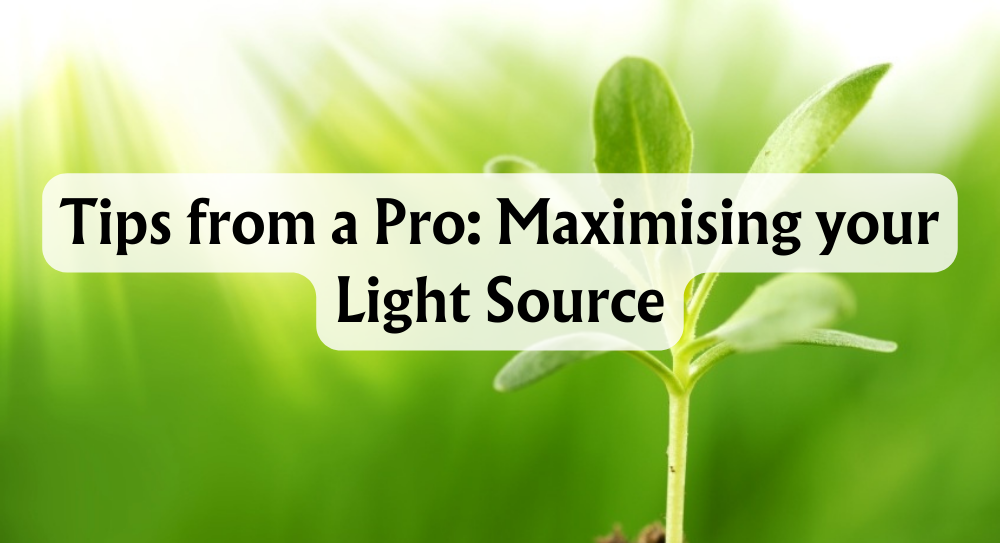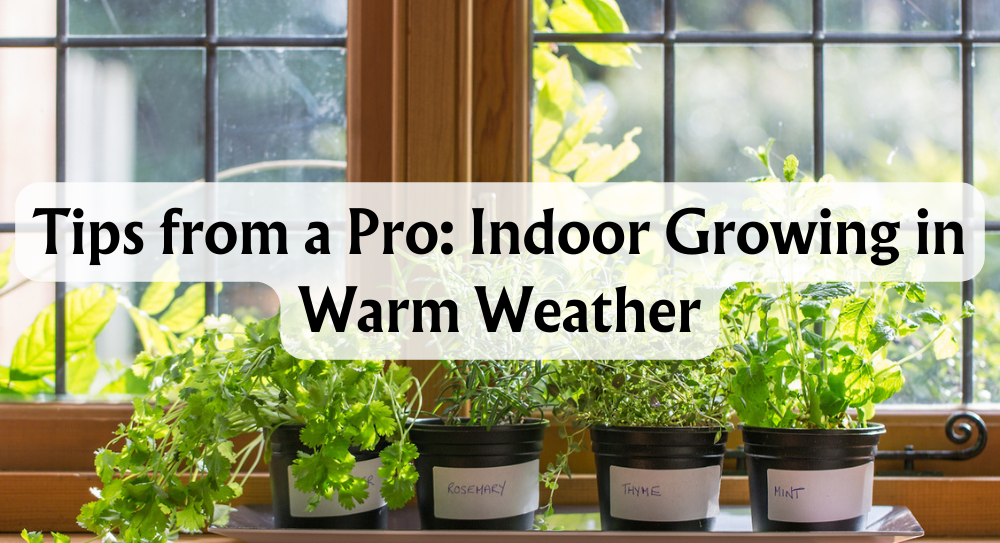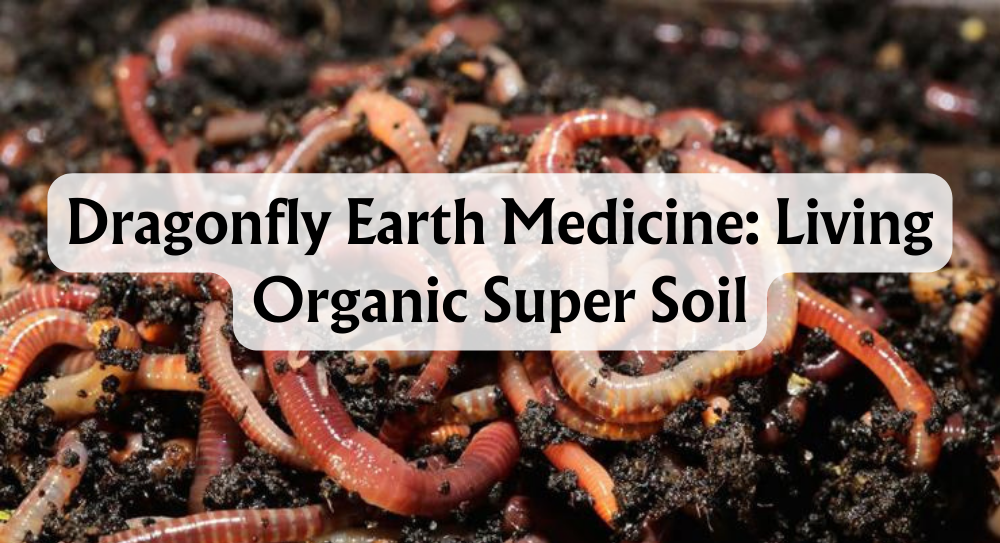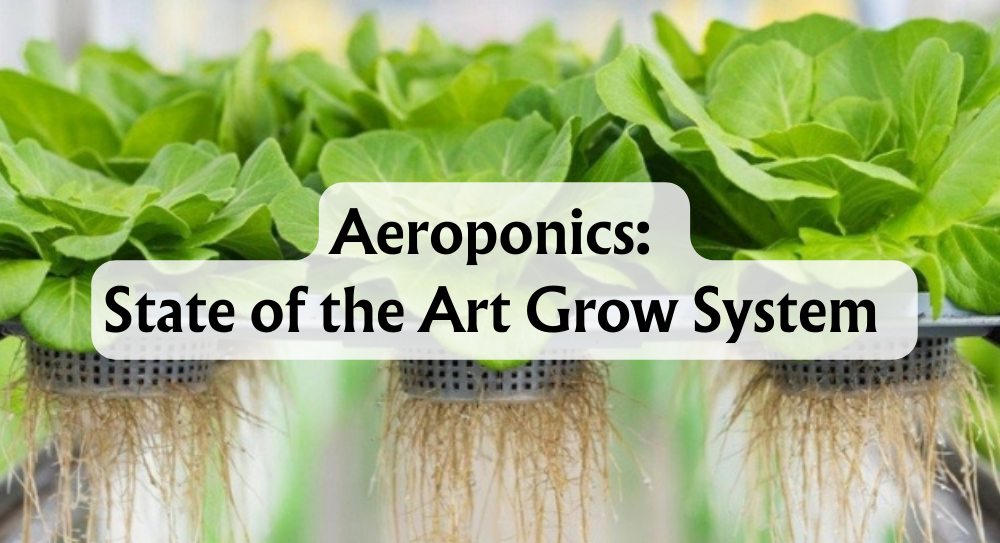Hydroponics is a fascinating method of growing plants using nutrient-rich water instead of soil. Many gardeners and commercial growers alike are drawn to it because it allows for precise control over the growing environment, optimising plant health and yield. However, despite these advantages, this method is not without its challenges.
Our focus today is on root aphids, a small but significant pest problem for hydroponic growers. These sap-sucking insects pose a threat to your system by targeting plant roots, often going unnoticed until significant damage is done. Timely identification and effective control are crucial to maintaining the health of your hydroponic garden.
This blog delves into the life cycle of root aphids, the damage they cause, and the best strategies for prevention and control. By understanding how to spot these pests and implementing practical solutions, we can ensure our plants thrive without the disruption caused by these unwanted visitors.
Identification: What Are Root Aphids?

Root aphids are small, pear-shaped insects that usually measure around 1 to 3 millimetres in length. They often appear in colours ranging from light green to brown. Some can have wings, giving them the ability to spread quickly.
Distinct from stem and leaf aphids, root aphids primarily infest plant roots, making their detection more challenging. Leaf and stem aphids are usually visible on the plant's surface, whereas root aphids remain hidden underground.
Root aphids belong to the same family as Phylloxera, known for targeting the roots of plants like rice, fir, walnut, and hickory trees. Their presence can severely affect plant growth by sucking nutrients directly from the roots.
In addition to their distinct behaviour, they can be confused with other pests like mealybugs, fungus gnats, and spider mites. However, unlike spider mites, which often create web-like structures, root aphids focus on root systems.
To help us identify root aphids, we might notice the symptoms they cause, such as yellowing leaves and stunted growth. Carefully inspecting the soil or plants’ roots for these tiny invaders is crucial. Seeing winged adults can be a sign of a more advanced infestation.
Visual aids, like images or diagrams showing root aphids and their eggs, can be beneficial for identification. Recognising these features helps us to act promptly in managing and preventing their spread in hydroponic gardens.
Root Aphid Life-Cycle
Let's dive into the fascinating world of root aphids and their life cycle! Root aphids are quite adaptable, with a life cycle that can involve up to 18 stages depending on the species. This complexity helps them thrive in different environments.

The main stages of their life cycle include eggs, crawlers, juveniles, adults, and fliers. In the growing season, root aphids predominantly reproduce asexually, allowing their populations to soar. As autumn arrives, however, sexual reproduction takes place, preparing them for colder months.
During winter, root aphids can overwinter in soil or on leaves and stems. This ability to survive the harsh winter months makes them persistent garden pests. They can spread even further by crawling, flying, or even being moved by ants, which sometimes carry them to new plants.
To keep their life cycle visually engaging, it can be helpful to refer to diagrams or images illustrating each stage.
Winged aphids—often known as fliers—can play a crucial role in dispersal, moving to new hosts when old ones get crowded or become unsuitable. This winged phase often helps aphids find new plants to colonise.
By understanding the root aphid's life cycle, we can more effectively identify when and where interventions might be necessary in hydroponic systems.
What Root Aphids Do
When root aphids invade a hydroponic garden, they latch onto plant roots and sap up the nutrients vital for plant health. This leads to a weakened root system and requires immediate attention.

Root aphid damage often mimics nutrient deficiencies due to yellowing leaves and stunted growth. Our leaves turn yellow, with new shoots wilting or curling. Even discolouration happens sometimes. These subtle hints are signs of a growing aphid population.
Unlike other pest insects, root aphids can spread diseases, including virus and fungal infections. It's a double threat as they diminish our plants' strength and leave them vulnerable to more severe plant diseases.
An often overlooked issue is the production of honeydew by root aphids, which attracts other pests and fosters the growth of black, sticky sooty mould. This compound effect can exacerbate plant infestations and damage.
Hydroponic systems can be particularly tricky because root aphid infestations often originate from contaminated soil or equipment. We need to keep an eye out for any signs of trouble in our growing medium, whether it's coco coir, compost, or another substance.
Root aphids can thrive both in indoor plants and outdoor gardens. Observing our plants for signs of stress, such as root rot, wilting, or deformation, is critical. You might spot tiny colonies lingering beneath plants, a telltale indicator of an aphid problem. If these symptoms appear, our transplants could indeed be infested.
Prevention and Control

Preventing and controlling root aphid infestations in hydroponic systems is crucial for maintaining plant health and preventing economic loss. Regular inspections and maintaining cleanliness help in early detection and control.
Organic Controls
We advocate for organic methods due to their safety and effectiveness. They are environmentally friendly and can be implemented without harming beneficial organisms.
- Hand Removal: Physically removing infested plants can halt the spread.
- Beneficial Insects: Introducing ladybugs, lacewings, and parasitic wasps can naturally reduce aphid populations. These predators target aphids and their eggs, offering biological control.
- Natural Insecticides: Neem oil and Azamax are effective for repelling and eliminating root aphids.
Additionally, beneficial nematodes can be introduced into the hydroponic medium. These microscopic worms attack and kill aphids, offering another layer of pest control. Case studies have shown these methods to be successful in reducing aphid infestations without resorting to chemical treatments.
Insecticides
Though chemical insecticides can be effective, they come with notable drawbacks. They can harm the environment and lead to pesticide resistance in root aphids.
- Imidacloprid: This systemic insecticide disrupts the aphid nervous system.
- Pyriproxyfen: Acts as an insect growth regulator, preventing aphids from maturing.
- Spinosad: Derived from bacteria, targets the muscles and nerves of aphids, often used effectively in controlled trials.
While these treatments can be chemical solutions to root aphids, their potentially harmful effects and moderate effectiveness should be carefully considered. Regularly switching between these insecticides may prevent resistance and maintain hydroponic health.
Conclusion
In our journey to manage root aphids in hydroponic systems, we've uncovered some key strategies. These pests are notorious for their sap-sucking habits, which can significantly harm our plants by stunting growth and spreading disease. Their presence is often indicated by yellowing leaves and stunted growth.
Key Points:
-
Identify Early: Regular monitoring is crucial. Look out for signs such as leaf discolouration and wilting.
-
Integrated Methods: A combination of organic and chemical methods works best. Adjust the approach based on infestation severity. Frequent cleaning and sterilising are essential to prevent re-infestation.
-
Timely Treatment: Prompt action can stop them in their tracks. Applying treatments early can prevent spread.
-
Consult Experts: If the issue persists, seeking professional advice can be invaluable.
In dealing with these pests, we've learned that vigilance and adaptability are vital. We invite you to share your experiences or questions. Feel free to seek out additional resources for deeper insights and recommendations. Let’s work together to keep our hydroponic systems thriving.







 Store Locator
Store Locator
